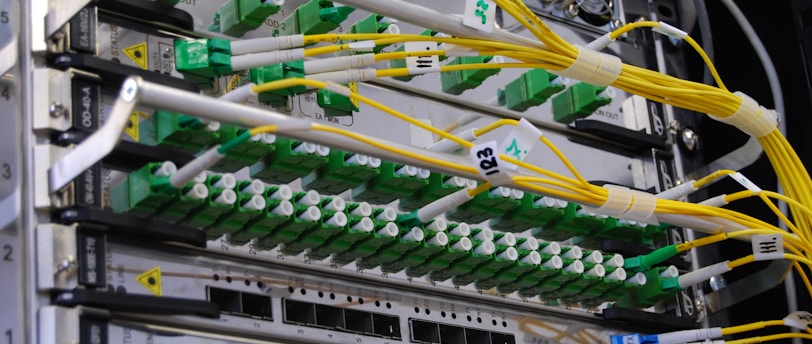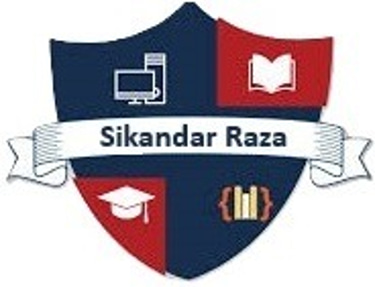Modern computing education with AI integration
Modern computing education with AI integration has transformed traditional teaching methods, creating a more dynamic and personalised learning experience for students. By utilising AI-powered platforms, schools can offer adaptive learning environments where students progress at their own pace. AI tools assess student performance and learning habits in real-time, providing instant feedback and adjusting content to meet individual needs. This allows for more efficient learning, especially in fields like coding, algorithm design, and data science, where students can explore complex concepts through hands-on projects and tailored tutorials. Furthermore, AI integration helps bridge learning gaps, offering resources for students who may be struggling while challenging high achievers with advanced content. The rise of AI in computing education is also reshaping how students prepare for the workforce. Beyond academic knowledge, AI is teaching critical skills like problem-solving, data analysis, and creative innovation—skills that are highly sought after in today’s job market. AI-enhanced platforms are enabling students to work on real-world problems, creating AI models, building applications, and even developing their own algorithms. In addition, educators are using AI to provide administrative support, from grading assignments to managing course materials, freeing up time to focus on fostering deeper student-teacher engagement. As a result, students not only learn the theory behind computing but gain practical experience with cutting-edge tools that will define the future of technology.
Sikandar Raza
7/18/2025


